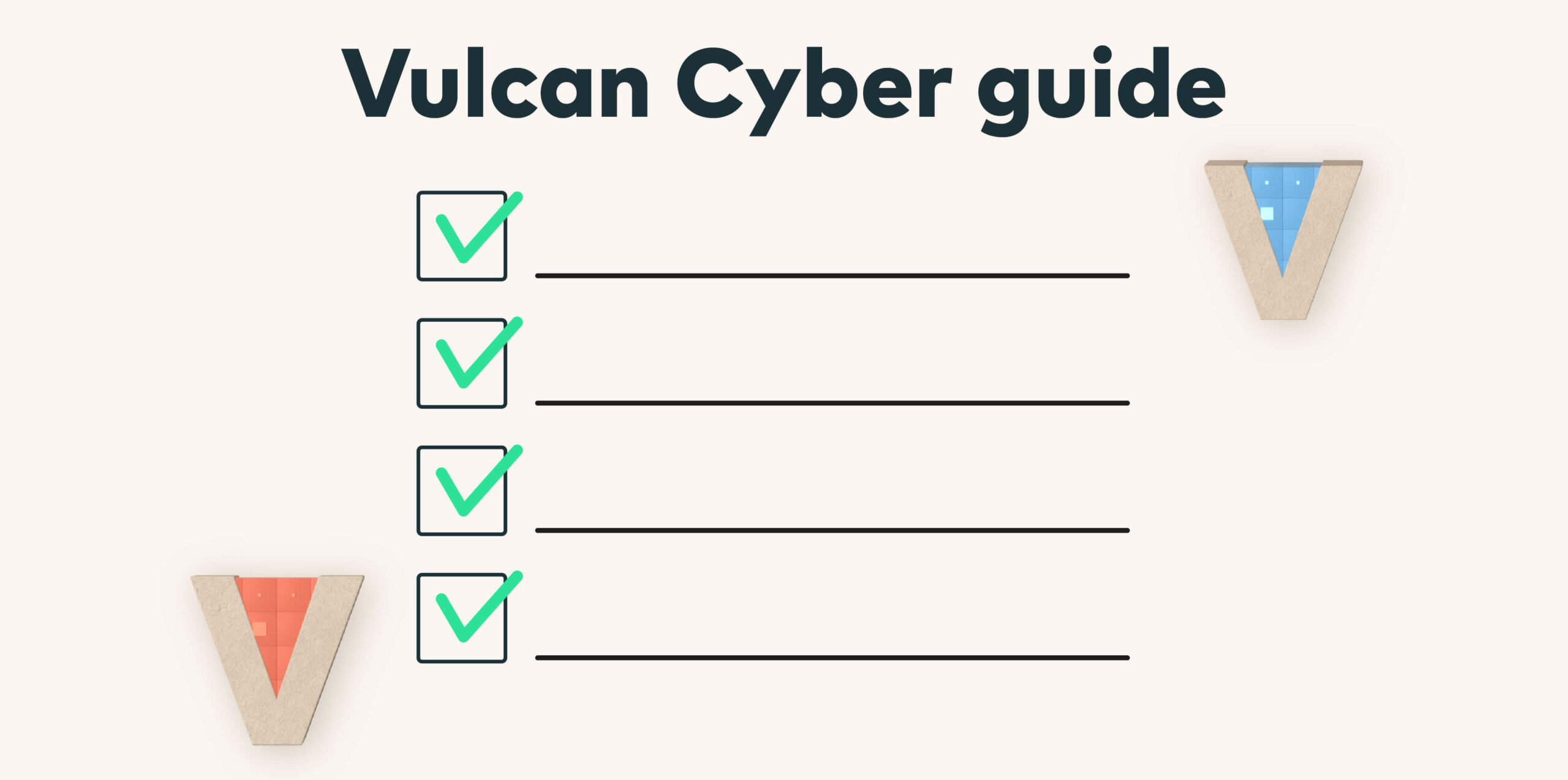APIs, or Application Programming Interfaces, are the lifeblood of today’s software ecosystems. As the connectors and communicators between various software components, they enable a rich and integrated digital experience.
However, their integrated nature also makes them a lucrative target for cyber attacks. In this blog, we delve deep into API security, dissecting the many aspects that constitute a robust security strategy, and highlighting why it should be a priority in your organization.
The importance of API security
API security is no longer a matter of choice; it is a necessity. Indeed, OWASP’s 2023 top 10 API security risks provide a clear indicator of the threats posed by poor API security.
As APIs facilitate data sharing across different platforms and services, they become potential entry points for cyber criminals to exploit vulnerabilities and conduct malicious activities. Here, we break down why prioritizing API security is non-negotiable:
1. Data protection
APIs can potentially transfer sensitive data, including personally identifiable information (PII). Ensuring API security helps protect this data from unauthorized access or manipulation, safeguarding your organization from potential data breaches.
2. Maintaining service continuity
API attacks can disrupt services and cripple business operations. Implementing robust API security measures helps maintain service continuity by mitigating the risks of service disruptions.
3. Regulatory compliance
Regulatory bodies worldwide are increasingly recognizing the importance of data protection, imposing stringent regulations on data handling and security. A robust API security framework can help you comply with these regulations, avoiding hefty fines and reputational damage.
Key statistics
- 17% of respondents to a survey conducted by Salt Security have experienced an API-related security breach
- More than 25% of respondents say they have no current API strategy
- 79% of financial services/insurance CISOs say that API security is a higher priority today than two years ago
Unveiling the anatomy of common API attacks
Understanding the mechanics of common API attacks is a vital step in fortifying your defenses. Here, we dissect some of the prevalent API attacks and how they operate:
1. Denial-of-Service (DoS) and Distributed Denial-of-Service (DDoS) attacks
In these attacks, the attackers overwhelm the API server with a massive volume of requests, making it unavailable for legitimate users. This disruption can result in financial losses and reputational damage.
2. Man-in-the-Middle (MITM) attacks
In MITM attacks, attackers intercept and potentially alter the communication between two parties (usually an API and a user) without them knowing. This can lead to data theft or manipulation.
3. Broken access control attacks
This kind of attack happens when attackers exploit vulnerabilities in the API’s access control mechanisms to gain unauthorized access to data or services.
4. Injection attacks
Here, attackers insert malicious code or queries (like SQL injection) into the API requests to manipulate the API’s behavior and gain unauthorized access or extract data.
Bridging the gap: Transition from traditional to modern API security approaches
With the evolving landscape of web applications, traditional security measures like Web Application Firewalls (WAFs) are proving to be insufficient. Modern applications require a more comprehensive approach to security that encompasses not just the perimeter but also internal communications.
1. Embracing perimeter-less security
Modern applications involve complex, distributed architectures with microservices communicating over APIs. These environments blur the traditional boundaries, necessitating a security approach that transcends perimeters and includes continuous monitoring of both external and internal communications.
2. Shifting security left
Incorporating security early in the development cycle, also known as “shifting security left”, is becoming vital. This approach involves integrating security principles into the development process, fostering collaboration between security and development teams (DevSecOps), and training teams on security best practices.
Emphasizing security in different API architectural patterns
Different API architectural patterns, namely SOAP, REST, and GraphQL, present unique security challenges and considerations. Let’s delve into the specifics of securing each of these patterns:
1. SOAP API security
SOAP APIs benefit from built-in security features that are part of the protocol’s specifications. The security in SOAP is established through protocols like WS-Security that adds some security features to the SOAP messaging.
2. REST API security
REST APIs, while easier to develop, lack inherent security features. Security in REST APIs is usually implemented through secure communication (HTTPS), token-based authentication, and deploying behind secure API gateways. It is vital that security is considered at the design stage to mitigate potential vulnerabilities.
3. GraphQL API security
GraphQL, despite offering flexible and efficient data retrieval, also poses significant security challenges. The complexity and depth of queries can potentially be exploited by attackers. Mitigating these risks involves implementing security measures like query depth limiting and request throttling.
API security best practices
Implementing a robust API security framework involves adopting a series of best practices that span across different stages of API development and deployment. Here are some cornerstone practices:
1. Employ secure authentication and authorization
Utilizing secure authentication and authorization methods, such as OAuth2 or JSON Web Tokens (JWTs), is essential in ensuring that only authorized users can access and use the API.
2. Rate limiting
Implementing rate limiting helps prevent brute-force attacks by restricting the number of requests that can be made to an API within a specified period.
3. Regular security assessments
Conduct regular security assessments to identify and rectify potential vulnerabilities, ensuring that your APIs are always a step ahead of potential attackers.
4. Continuous monitoring
Monitoring your APIs continuously helps in identifying and blocking malicious traffic, thereby safeguarding your application and data.
5. Security tokens for authentication
Using security tokens for authentication provides a robust first line of defense against unauthorized access, enhancing the overall security posture.
Conclusion
As the linchpins of modern software ecosystems, APIs demand a robust and comprehensive security strategy. By understanding the nuances of API attacks, transitioning from traditional to modern security approaches, and adopting security best practices, organizations can shield themselves against the myriad threats looming in the digital landscape. Remember, in the world of API security, vigilance and preparedness are your best allies.
The bottom line is that, while organizations may still work in silos, vulnerabilities do not, instead affecting multiple assets and technologies as an attacker gains access to an environment and wreaks havoc. Today’s vulnerability management workflow needs to be holistic, covering not just a single attack surface in isolation.
The Vulcan Cyber risk management platform provides end-to-end vulnerability management across all attack surfaces and assets. Moreover, the new Attack Path Graphs feature allows security teams to visualize how vulnerable, interconnected hosts can lead an attacker from the vulnerable edge, compromised assets, deeper into the environment gaining access to desired targets. Request a demo today.









